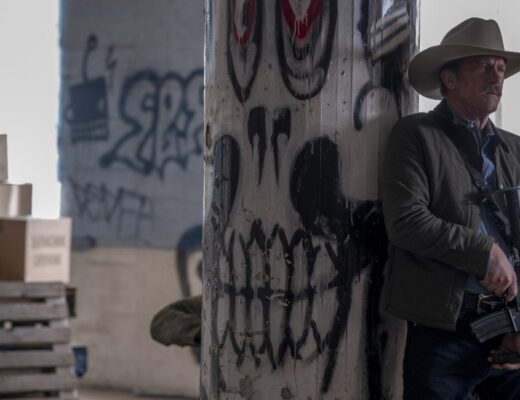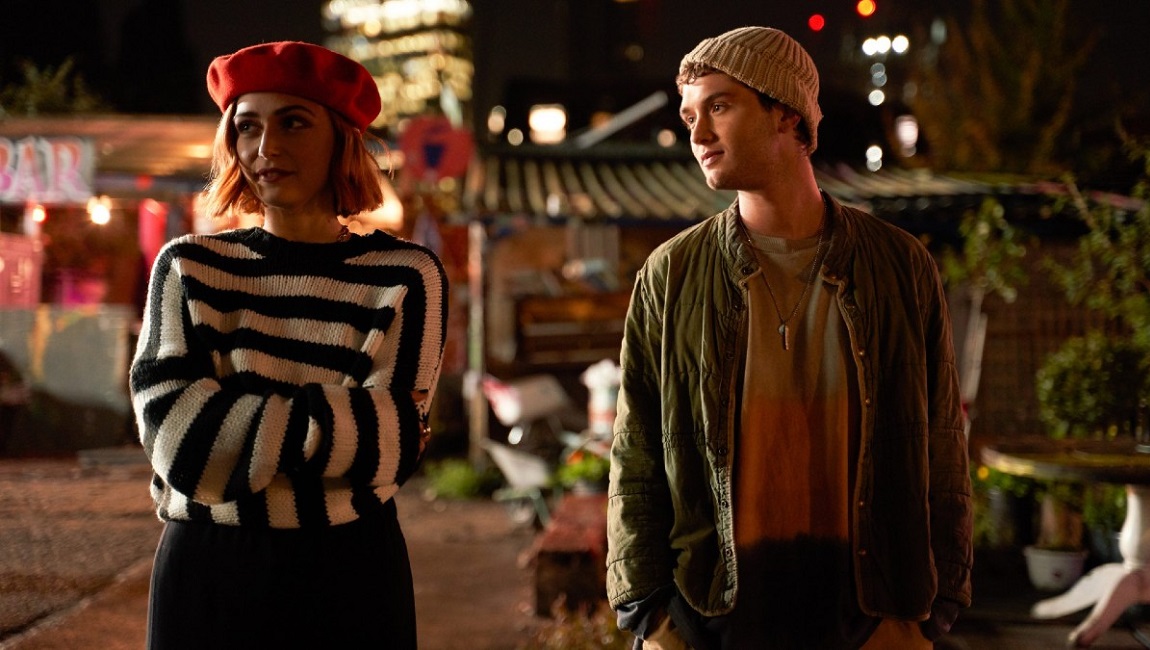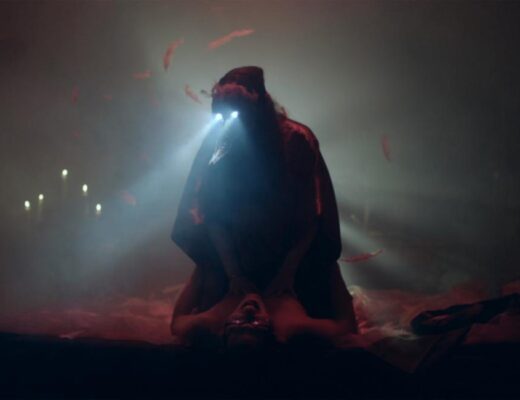Viewed from one angle, Kevin Jerome Everson’s eclipse studies are as anomalous as the phenomena they capture. Everson’s body of work documents Black life with a particular emphasis on work and pastimes. He is known for his formal innovation with duration and sound, but these are typically used to emphasize the scales of human experience. The eight-hour Park Lanes (2015), for example, follows workers at a factory over the course of an eight-hour work day, challenging the expectations of condensation and elision in editing as it recalibrates our view of race and labor. Other films reenact past events at the University of Virginia, where Everson now teaches, using the continuities of space and culture to bridge gaps in time. All of these works, of course, are made possible by recording technology, and they often underline their own construction through their manipulations of sound and editing.
The celestial films may seem like an isolation and abstraction of these formal concerns away from their usual human context. They do have an aura of the expansive and infinite, but it’s in that very contrast to the local and particular that human sight slips into the picture. The concept of “outer space” takes its very meaning from its difference from terrestrial life, and far from neutrally signifying the natural world, has long been invoked by scholars and science fiction authors alike as a symbol of both humanity’s technological ambitions and our proportional insignificance. The view of celestial bodies is inevitably a view from Earth.
From his first studies of the 2017 solar eclipse — Polly One and Polly Two — Everson has emphasized this embodied and Earthly viewpoint. Polly One seems initially like a straightforward shot of the sky as the eclipse unfolds, but it subtly announces the presence of the human doing the shooting: the camera shakes and readjusts, interrupting our spectatorial awe. Polly Two complicates things further by shooting from a different viewpoint and in black-and-white. Every image reflects a specific viewpoint and a particular viewing apparatus, whether it’s the camera or the human eye. Not just the differences in film stock, but the nature of film itself determine the character of these images; lens flares and light bleed form part of their beauty, but are, of course, products of the medium and not what it observes.
Condor was made in Chile during the 2019 solar eclipse, in 100% totality. It’s far more radical in its formal embrace of the camera’s handling of light. The eight-minute film begins with pure white-grey light, which retreats inward from the edges of the frame as the eclipse covers the sun’s light, culminating in darkness with a narrow circle of light before expanding back to create a symmetrical structure. It’s a remarkable formal achievement, beautiful in its simplicity, and unmistakably a product of both technology and human planning.
Thirty-Seven Degrees is the only one of these films made during a lunar eclipse, and formally it favors duration over light. The nearly four-hour film stretched incremental change to the point where you can’t see it actively happening: at any given point you can tell the position of the moon has changed from a few minutes before, that less of it is visible (and eventually none), but you can’t see the change happening. That, of course, reflects our actual view of the sun and moon in the sky, but like the two Polly films, however, Thirty-Seven Degrees interrupts this otherwise placid observation with handheld adjustments of the camera. These adjustments are probably necessary to keep the moon in frame through four hours of angled movement, but they also serve to break the reverie that the film’s duration and apparent stillness otherwise allow. The speed and scale of celestial movement are therefore contrasted with the limitations of the human eye and attention span.
The character of human attention is invoked here in another way. An eclipse is inevitably a social event, a collective experience where millions of us have a few moments to share our differing views of the same thing. The medium of film allows us to have another experience of this singular event, the camera giving us a view both more and less direct than the human eye allows. Like an eclipse, cinema is a gathering of people to watch the movement of light through time and space, and both offer a communal reflection on beauty and ephemerality.








